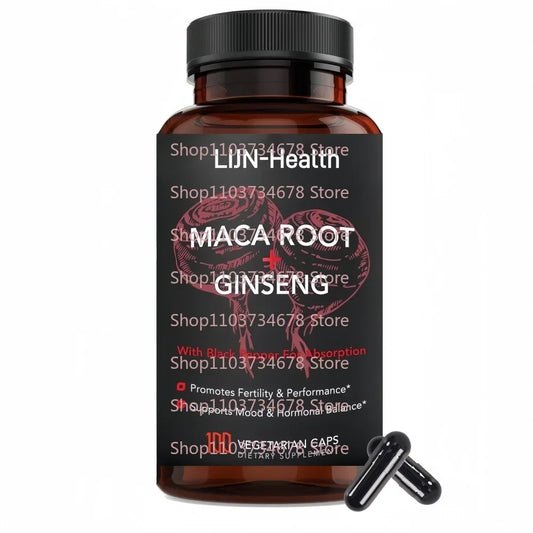How to prevent sports injuries
Introduction:
Participating in sports and physical activities offers numerous benefits, including improved fitness, mental well-being, and camaraderie. However, the risk of sports-related injuries is an inherent part of being active. Fortunately, by taking proactive measures and adopting preventive strategies, athletes can significantly reduce the likelihood of injuries. In this article, we will explore effective methods to prevent sports injuries and maintain a healthy and active lifestyle.
- Warm-Up and Cool-Down Routines:
A proper warm-up is essential before engaging in any physical activity. It prepares the body for the upcoming exercise by increasing blood flow to the muscles, enhancing flexibility, and improving joint mobility. Incorporate dynamic stretches, such as leg swings, arm circles, and lunges, to warm up major muscle groups.
Equally important is the cool-down phase. Gradually decrease the intensity of your exercise and perform static stretches to improve flexibility and prevent muscle tightness. Cooling down allows your heart rate and breathing to return to normal gradually.
- Strength and Conditioning Training:
Engaging in regular strength and conditioning exercises can significantly reduce the risk of sports injuries. Building strength in muscles, tendons, and ligaments provides stability and support to joints, reducing the likelihood of strains, sprains, and other injuries. Incorporate exercises that target different muscle groups, including resistance training, bodyweight exercises, and functional movements. Focus on proper form and technique to maximize the effectiveness of your workouts and minimize the risk of injury.
- Proper Technique and Training:
Learning and practicing proper techniques for your specific sport or activity are crucial for injury prevention. Seek guidance from qualified coaches or trainers who can teach you the correct form, body mechanics, and movements. Emphasize the importance of using the appropriate equipment, such as helmets, protective gear, and footwear designed for your sport.
Gradually progress your training regimen to allow your body to adapt and avoid overuse injuries. Avoid pushing yourself too hard, too quickly, as this can lead to strains, stress fractures, and other overuse injuries. Listen to your body and incorporate rest days into your training schedule to promote recovery.
- Cross-Training and Rest:
Engaging in cross-training activities can help prevent overuse injuries and promote overall fitness. By incorporating different types of exercises into your routine, you can target various muscle groups, enhance flexibility, and improve overall athleticism. Cross-training also provides a mental break from repetitive movements, reducing the risk of mental fatigue and burnout.
Equally important is prioritizing rest and recovery. Allow your body ample time to recuperate between intense workouts or competitions. Sleep is a critical component of recovery, as it aids in tissue repair, hormone regulation, and mental rejuvenation. Aim for seven to nine hours of quality sleep each night.
- Proper Nutrition and Hydration:
Maintaining a well-balanced diet and staying properly hydrated are fundamental aspects of injury prevention. Proper nutrition ensures that your body has the necessary nutrients to support muscle recovery, tissue repair, and overall health. Consume a variety of fruits, vegetables, lean proteins, whole grains, and healthy fats.
Hydration is essential for optimal performance and reducing the risk of muscle cramps, heat-related illnesses, and fatigue. Drink water before, during, and after exercise, especially in hot and humid environments. Monitor your fluid intake and aim to replenish lost fluids to maintain proper hydration levels.
Conclusion:
Preventing sports injuries requires a proactive approach that combines physical preparation, technique refinement, and adequate rest and recovery. By incorporating warm-up and cool-down routines, focusing on strength and conditioning, practicing proper techniques, cross-training, and maintaining proper nutrition and hydration, athletes can significantly reduce the risk of injuries. Remember, listening to your body, seeking



















